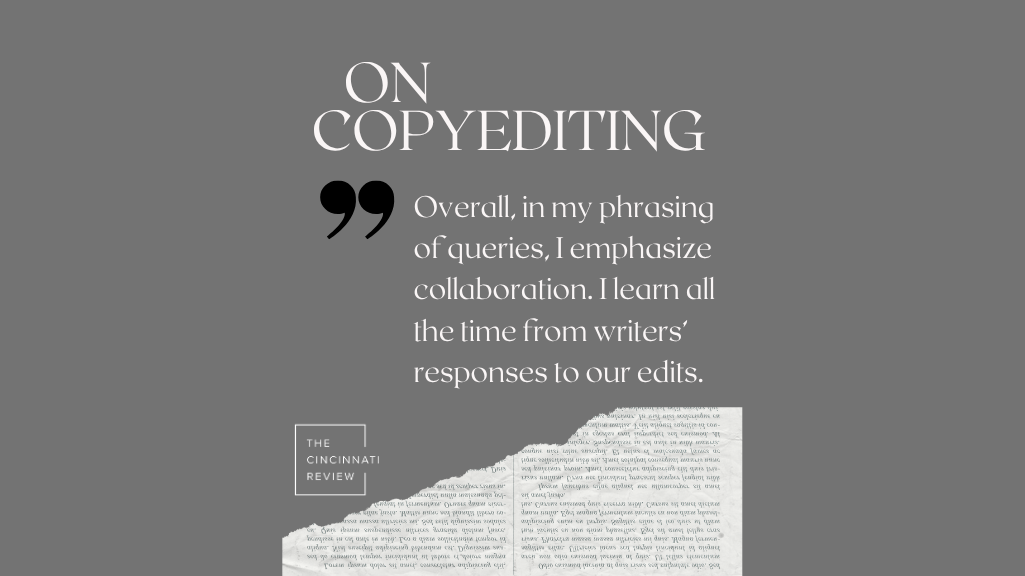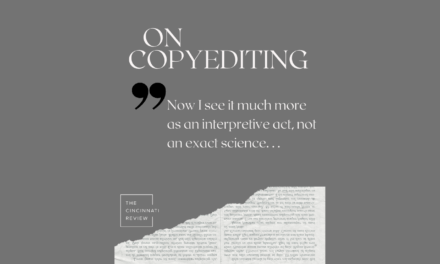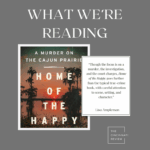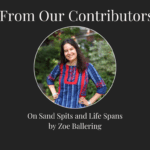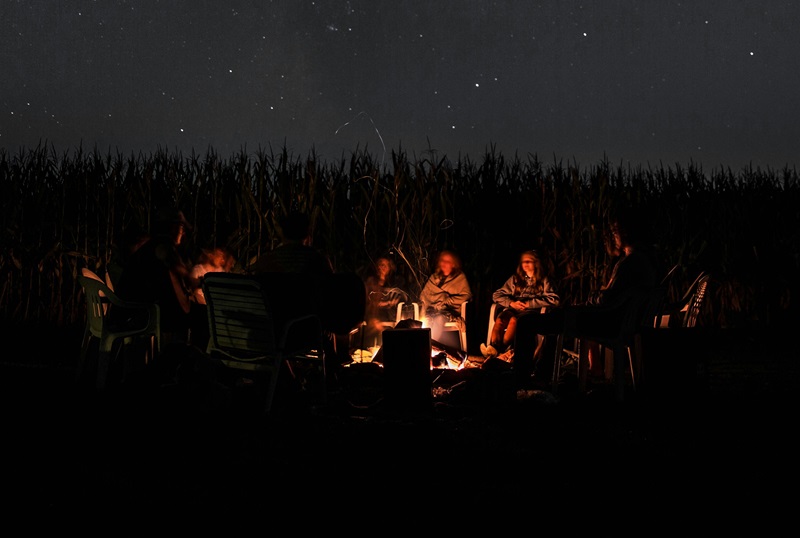
Managing Editor Lisa Ampleman: In my previous column about copyediting, I wrote about our overall philosophy, with an emphasis on making the least amount of change possible, turning off the part of our brain that says how we would have written a piece, and focusing on collaboration rather than dictates. This time I’d like to talk about how we put that philosophy into practice, something that has changed over time. Even six years ago, we edited in hard copy, each writing on the same printed document with an assigned colored pencil. In the early days of the pandemic, that approach didn’t work anymore, and we realized that the field itself had moved away from those methods. Here’s what we do now.
Our process:
Because one major aspect of our mission is “to educate UC graduate students in the art of literary publishing,” our preferred process once a piece is accepted for the magazine is (1) the student editors enter their own suggested edits on a file in our shared folders, using track changes and comments in Microsoft Word, and then (2) we meet together, either in person or virtually, as I put together the final edit, talking things through with them. I share my screen, and they can see how different changes would work. I can ask them questions when I’m not sure about a change.
We call this a “campfire” based on how it looked when we did this by hand in person, pre-pandemic: We’d gather around a table with the piece on a stand, as if we were gathered around a campfire, and do that final edit together.
We are able to have campfires in person once a week for the miCRo series, and three times a semester, virtually, for the print magazine. I try to make sure we work on at least one story, one essay, and one poem or set of poems together as a team.
However, sometimes I end up being the only person copyediting a piece. Right now, I’m working on the accepted work for the fall issue, and the graduate students finished their term a month ago. I will do one campfire this summer with our summer assistant editor, Jess Silfa, and summer volunteers, but I’m doing most of it on my own due to the timing.
What we look for:
As we copyedit, we always want any alterations to come back to one of these five categories, the Five C’s, a term coined by my predecessor and first managing editor of The Cincinnati Review, Nicola Mason. You can watch a video series of her descriptions of these terms in action here on YouTube. If the change isn’t related to one of these, it might be overstepping. As The Chicago Manual of Style, our industry bible, says, “A light editorial hand is nearly always more effective than a heavy one.”
Conformity
Does it conform with The Chicago Manual of Style, our house dictionary (Merriam-Webster online), and our house style guide?
Consistency
Are elements of character consistent within fiction or nonfiction, for example?
Is dialogue formatted consistently throughout a piece of prose (in quote marks, italics, or neither)?
Is idiosyncratic punctuation in a poem consistent?
Clarity
Does the writing on the level of the sentence or line make sense? You don’t need to “understand” every element in a poem, but are there tangled phrasings there or in prose that lead to unintended ambiguities?
Conciseness
Are there any places of wordiness not related to style?
Is there repetition of words close together, not purposefully or for effect?
Correctness
Are the facts correct? Is the piece grammatically correct?
Our house style guide includes choices we’ve made if the dictionary and Chicago differ, or if we want to do something a slightly different way. For example, it says that:
Decades (years) will be denoted by numerals (1820s, ’20s, ’60s)
Decades (age) and temperature ranges will be spelled out (twenties, sixties)
If we have an edit that’s more than a simple change, I often write a note explaining—or I avoid making the decision myself and ask the writer what they think would be a good fix. And even the above aren’t dictates; over the years, I’ve become accustomed to prose writers using comma splices for pacing or effect, for example. In my early days as an editor, I would always try to eliminate those.
Working with authors:
The sixth C, as Nicola puts it, is cool. We need to keep our own philosophy in mind and be cool about the process, enthusiastic but not possessive, knowing that not all writers enjoy the experience of being edited. But to be honest, 99 percent of them are open to suggestions, and I do note in my comments that the writer can call poetic/artistic license if there’s something they want to retain.
Overall, in my phrasing of queries, I emphasize collaboration. I learn all the time from writers’ responses to our edits, and some interactions have changed my mind about policies. For example, in my first year or two, I was editing an essay that included phrases in Spanish. I took to heart too seriously Chicago’s guideline about italicizing languages other than English, and I did so throughout the essay.
The writer asked to have them back in regular text, and in her explanations for why, I realized that such formatting made foreign languages seem “other” than English in a way that wasn’t helpful. As I said in a post at the time, “For bilingual (or multilingual) authors, English exists alongside of and is interwoven with the other language(s), so it feels false to distinguish between them in that typographic way.” Even if the author isn’t from a bilingual background, we’ve started to encourage keeping words from foreign language in regular text formatting, unless an overlap with an English word could cause confusion.
Copyediting, then, for me has been an ever-evolving process, from my training in the five C’s with Nicola Mason to interactions with writers. That unquestioning adherence to guidelines demonstrated a lack of cultural competency on my part and led to a change in policy at the magazine itself.
In a later column I’ll give some examples of edits in action from each of our three genres. If you’re passionate about learning more about copyediting in the meantime, check out Chapter 2 of The Chicago Manual of Style, sections 2.53 through 2.104 (if you don’t have institutional access, check with your public library).

